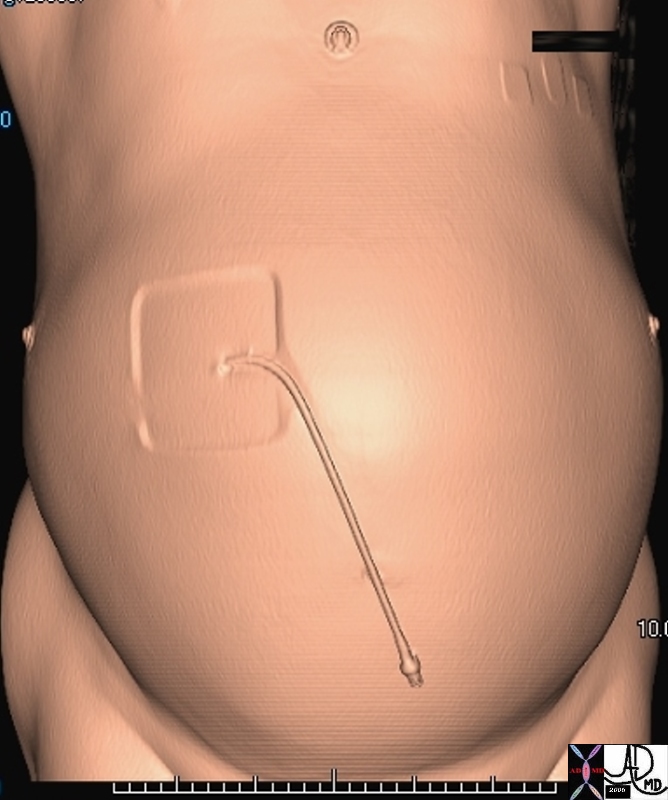Health and Disease
copyright 2014
In disease similar principles hold true, so that abnormal at the cellular level, builds to abnormal at a macrospcopic level. The 6 images below illustrate this concept. In the 6 images, the nomal is located on the left side of and its pathological equivalent on the right. We will expand the concept in the section on introduction to disease..
|
|
Malignant Disease in the LiverThe series of normal and pathological images are grouped at the cellular level, (top images) at the tissue level (middle) and the organ level (below). The noermal images are on the left and the abnormal are on the right.
In the first row the normal liver cells have a normal size ratio of nucleus to cytoplasm . The cells on the right represent malignant disease, and the nuclear cytoplasmic ratio is increased, a feature characteristic of malignant neoplasia. In the second row, the normal histology is demonstrated on the left and a cluster of blue malignant cells is shown as seedling tumor surrounded by normal liver on the right. In the last row the normal liver as an organ is noted to your left and the seedling of malignancies have grown to enormous proportions invading the space of the normal liver and choking and destroying the normal tissue. In the CT reconstruction of the abdomen ascites has caused the abdomen to swell
There is a bridge that needs to be explored between biology, (as the medical and scientific world sees it) and its “ripple up” or “ripple down” effect on the person, family, community and nation (as the young student of biology knows or has experienced it). The key to the bridge is the understanding of universal and fundamental principles such that events at the molecular and microscopic level can be translated and understood in the macroscopic world of common experience.
Biological Units and Non Biological Units
Bricks and mortar behave differently from cells and interstitium. However it useful to think and work with the concept of units in mind and to continually compare and think about them in parallel since it helpds understanding. For example if the cement is abnormal between the bricks then there is a lack of cohesiveness and a subsequent weakening of the wall as a whole which presents as a danger . Similalrly if the interstitium of a tissue is abnormal, such as occurs in the aberrance of collagen in Ehlos Danlos disease or Marfan’s syndrome then the whole body is weakened. In the course of this work we will often use the word “biological units” to describe a discrete biological entity with the understanding that each unit is still a part of a whole. In giving the cell, tissue, organ, body, family, community, nation and people of the world a common unit of “biological entity” we create an understanding of the responsibility of each to the other, and the consequences of health and order in each, and the negative consequences of disease and disorder in each on the whole. It helps us to put ourselves and our mission in a global perspective
Time and Disease
Just as our understanding of physiologic processes is informed by assessing them in the context of time, so is the passage of minutes, hours, and days critical to understanding diseases and their progression within the body. Indeed, one of a physician’s primary responsibilities, diagnosing illness, is accomplished by assessing symptoms as they have occurred within a particular timeframe and subsequently classifying the illness as mild and in its early stages, advanced and potentially life-threatening, or somewhere in-between. For instance, the character and size of a malignant tumor, is important for classifying the progression of the cancer that caused it. A small, immature tumor may indicate an early, treatable stage of disease while a large, tumor that has had time to metastasize presents as a more serious, life-threatening stage of cancer. This serves as just one example of the central role a working knowledge of time and disease may play .
Before delving into examples of disease processes it is important to realize that every physiologic system (Circulatory, Respiratory, Digestive, to name a few) is characterized by its ability to execute events both instantaneously and over longer periods of time. The immune system, for instance, is capable of very quickly initiating inflammatory responses through the rapid release of histamine from mast cells, leading when aberrant to anaphylaxis in serious cases. This occurs within a few seconds of the initiating event. On the other hand, this same system’s primary response to a bacterial or viral infection relies largely on the steady mounting of antibodies against the invading pathogen over a period of days. Similarly, diseases and disorders that afflict our physiologic systems may occur within seconds or across days and years. For instance, some disorders of the circulatory system, such as heart attacks due to acute coronary thrombosis, may afflict their victims within seconds while others, such as atherosclerosis, develop over years. Thus, it becomes apparent that one must must establish a working knowledge of disease as it relates to time in order to effectively diagnose and treat patients.
Disease Measured in Seconds, Minutes, Days, and Years
In the emergency setting, a variety of serious conditions can develop in a matter of minutes such that rapid response and treatment is absolutely essential to preserving the life of the afflicted patient. Anaphylaxis, acute coronary thrombosis, and pulmonary embolism can all act within seconds to compromise essential physiologic functions, sometimes so severely that death becomes imminent without immediate treatment. Indeed, the rupture of an aneurysm or the blockage of a blood vessel or airway for even a short period of time can cause catastrophic and sometimes irreparable damage to the body. Loss of consciousness can result from anoxia in about thirty seconds and brain damage results not too long after this. Still other diseases, such as influenza and bacterial infections, do not become fully manifest until days after initial exposure to the pathogen, and HIV, one of the most virulent viruses on the planet, may remain latent within the body for up to ten years. Thus, understanding the timeframe within which symptoms of particular diseases typically appear is both daunting and critical to accurately diagnosing the signs of illness patients present within clinical settings.
Time and Diagnosis
The diagnostic process is a three part process. Acquisition of data, processing the data, and then interpretation of the data. This is true whether it relates to the clinical environment, lab tests, or imaging tests. A clinical evaluation may take 30-45 minutes, and sometimes it is all that is necessary to come to a diagnosis. An example of this may be a disease such as asthma. On other occasions the diagnosis is made once routine tests such as routine blood tests, EKG and or chest X-ray are added. Pneumonia is such an example when a consolidation is found on a chest X-ray. The acquisition of the data for a chest X-ray is short (measured in seconds) processing time (perhaps 30 seconds). The data is sent to a work station where it waits in line to be read by the radiologist. Once it reaches the front of the line, interpreation takes a few minutes. Communication time can range from an immediate phone call, fax, or electronic report (minutes) to typed report correction and fax (about 24 hours)
If after the clinical presentation and routine studies the diagnosis still eludes the physician, then special directed diagnostic studies are required. A patient who presents with fever and a neck mass will require a CT scan. This study takes about 10 seconds to acquire the data, about 30 seconds to process the data. The processed data is then placed onto a work list for interpretation by the radiologist and is interpreted within 1 or 2 hours. If for example multiple enlarged nodes are seen a variety of diseases can be suspected and a differential diagnostic list is created but a biopsy is required for further workup. This of course will occur on another day and another time and the biopsy will be performed by a surgeon or a radiologist using imaging guidance. The material is submitted to a pathologist who has to process the material, and examine the material under a microscope, and render an interpretation. This usually takes about 24 hours but even at this level further staining to delve deeper into the diagnosis may be required.
The goal is to make an accurate diagnosis as soon as possible. The next goal is to initiate treatment as soon as possible. A patient who has chest pain and is diagnosed with acute myocardial infarction in a timely fashion, should be referred to the cardiac catheterization laboratory for consideration for thrombolysis. If the findings suggest thrombus in the coronary artery, then treatment with thrombolysis can be initiated immediately. The time between diagnosis and treatment is minutes.
Another aspect of time and diagnosis is the determination of the acuity of a disease process using imaging. If a patient presents with a focal neurological deficit and the question of an acute stroke is raised. MRI with diffusion weighted imaging can differentiate between an acute process or a chronic process. Timing of the disease has significant implications in the treatment that may be employed. An example of the difference between an acute and chronic infarction in the brain is shown below
// ul”).tabs();
});
// ]]>
Untitled Document
 |
Acute Infarction – Loss of Brownian Motion
Chronic Infarction Changes in VolumeThe CT scan on the left was taken after the patient presented with acute focal deficit. It suggests bilateral subtle abnormalities in the occipoital lobes. The MRI shows that the findings on the right side in the diffusion weighted sequence (right image) with intense brightness is diagnostic of an acute process, while the finding in the left occipital lobe are unrevealing suggesting that they are of a chronic nature.
49679c01 brain DWI occipital lobe fx vague hypodensity right occipital lobe with encephalomalacia and ex vacuo changes in the left occipital and posterior parietal region dx acute infarction right occipital lobe chronic infarction left occipital lobe CTscan high intesity in right occipital lobe and low intensity in left occipitoparietal region dx acute infarction right occipital lobe chronic infarction left occipital lobe MRI diffusion weighted imaging Courtesy Ashley Davidoff MD
Time in Treatment
It is important to realize, that treatment of diseases also occurs over a specific time frame and requires knowledge of how certain drugs and therapies function over time. A patient in ventricular fibrillation can be converted by an automated external defibrillator in seconds, and a patient who has anaphylaxis can recover within a minute after receiving epinephrine, either subcutaneously or intravenously. Medications given intravenously will become effective quicker than those given orally. However an antiobiotic given intravenously will only be effective when a critical balance is overcome that enables the body to dominate the infection. This may be hours in coming. Other drugs such as sedatives and anxiolytics only require the time to reach their target organs in order to take effect. This is usually about 30 seconds. Oral medications have to be absorbed into the circulation for systemic effects. Some medications are absorbed by the stomach and the time to become effective is less than those that are absorbed in the small bowel.
Other aspects of time to be considered relate to how long the drug is effective. In pharmacology terms the half-life of the drug reflects the duration which a drug may be active, since half life is defined as the time that is required for half of the drug to be removed either by physical or chemical means. Some drugs like epinephrine are short lasting (minutes) others last for hours (insulin), while others are effective for days (coumadin and digoxin). Subcutaneous depot medroxyprogesterone acetate which is a subcutaneously injected contraceptive for females is injected every 3-4 months.
Narcotics and steroids, for instance, are often prescribed for a limited amount of time, as prolonged use of either one may result in addiction or other undesirable physical effects, respectively. Other treatments, such as birth control pills to manage an endocrine disorder or medication to combat autoimmune disease, are necessarily taken for prolonged periods of time. Chemotherapy, depicted in the image below, is of the latter category, as it is often completed over many months to rid the body of malignant cells.
// ul”).tabs();
});
// ]]>
Untitled Document
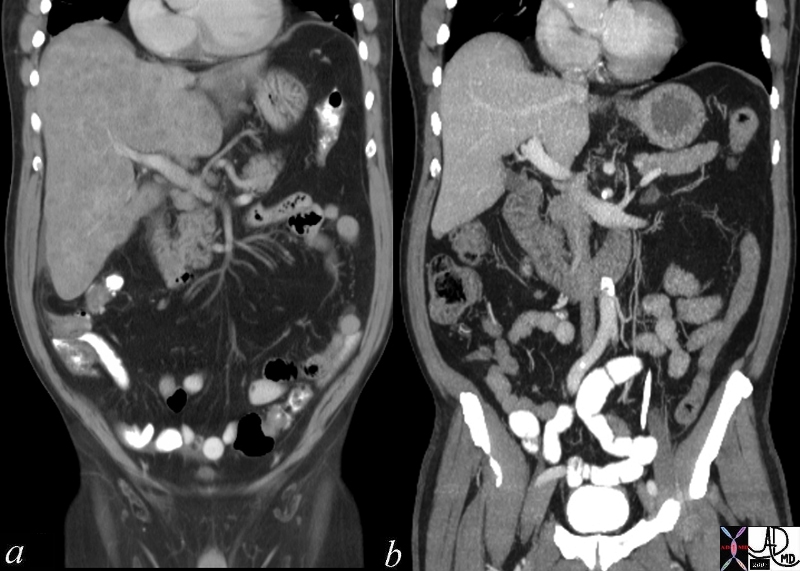 |
Before and After Chemotherapy
Regression of Metatstatic Liver DiseaseThe CT scan in image a shows an enlarged heterogeneous liver with multiple hypodense nodules representing metatstatic small cell lung deposits. 6 weeks after the introduction of chemotherapy a CTscan b shows complete resolution of the malignancy in the liver.
70248c01 liver metastattic small lung carcinoma with diffuse metatstattic disease to the liver )hepatic metastases metastasis before and after treatment 6weeks post chemotherapy successful result size change character change CTscan Davidoff MD 5star
So, as has been illustrated here, what makes time so fundamental to human physiology and disease is that it defines a broad spectrum of bodily process, whether life-giving, life-maintaining, or life-ending. The effective practice of medicine, then, relies upon a mastery of these concepts and a continual appreciation for the centrality of time in determining the health outcomes of one’s patients.
States of Being – the Extremes and Somewhere Inbetween
The section on states of being is intended to provide understanding of health and disease in the context of “opposites” in the sciences and arts. In the world of physics, chemistry, and mathematics, units that are equal and oppposite are “relatively” absolute. Thus for example negative and positive are the extreme opposites. In the world of art, literature, dance, biology, and medicine, oppposites are relative.
// ul”).tabs();
});
// ]]>
Untitled Document
 |
Positive and Negative84154b04.698 positive and negative extreme states black and white Davidoff art Davidoff MD
The positive of the proton and the negative of the electron create no intellectual challenge at the superficial level – opposite and equal charges or forces. Scientists involved with these forces probe their relative energies but as “lay” professionals we accept the extreme and apparent absolute difference between the two forces. Despite the extremes of their nature they provide an attraction for one another. The 0 and 1 of mathematics describe the nothing and the something, and they are the building blocks of mathematics and also form the basis of our computer language.
In the visual world of gray scale, we get black and white at the two extremes and in the world of the alphabet we get the a and the z at oppposite ends.
// ul”).tabs();
});
// ]]>Untitled Document

Black and White
// ul”).tabs();
});
// ]]>
Untitled Document
 |
Biology and Medicine – Not so Black and White84164c01 thumbs up thumbs down health disease negative positive order disorder positive negative not so good not OK state of things Davidoff photography Davidoff art Davidoff MD
// ul”).tabs();
});
// ]]>
Untitled Document
 |
Thumbs Up and Thumbs Down84163.800 84164p.800 thumbs up health positive order alright OK state of things Davidoff photography Davidoff art Davidoff MD
// ul”).tabs();
});
// ]]>Untitled Document
In the dance world we get up or down, this side or that, and in the literary world we get “It was the best of times and the worst of times…”. War and Peace”, “Life and Death”, “Heaven and Hell”, “The Ying and the Yang”. As we proceed from the sciences to the arts, the ability to vary the positive and the negative, the black and the white, the up and the down, enables creativity and genius. In human biology the female and male are close to the positive and negative analogy but the variation in biology and forever changing environments, as well as the evolution of human conciousness brings relative states – some tending to order and others tending to disorder, aka health and disease. Sometimes the opposites describe good and bad, or health and disease, and sometimes they imply potential for combination and strengthening.
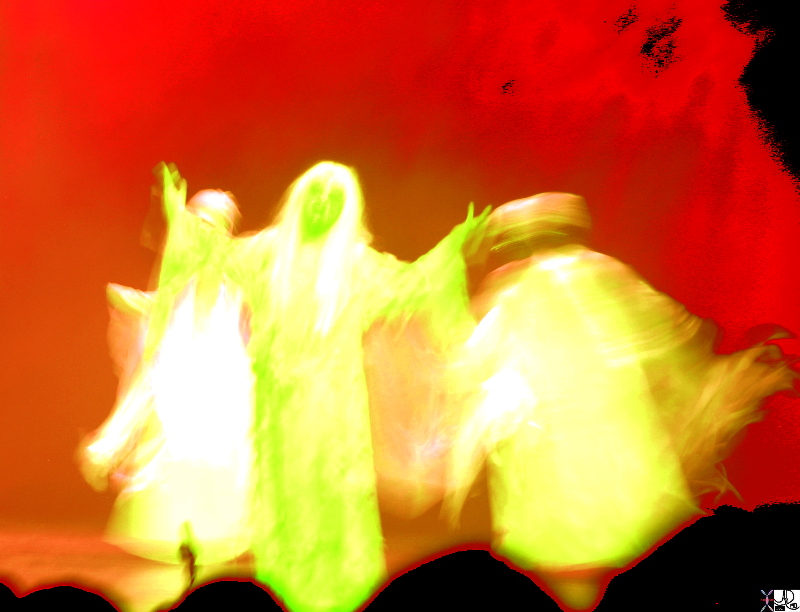 |
Heaven and Hell
83664.800 heaven Arielle dance 2007 Newton Mass photography 81355pb02.801 Laren Netherlands Holland devils ghosts hell Davidoff photography
In the cardiovascular system the relatively positive pressure in the left sided systemic circulation created by the left ventricle, enables flow throught the capillary circulation, perfusion of the cells tissues and organs, and subsequent return of the blood to the relatively low pressure of the right side of the heart. The pulmonary circulation on the other hand is serviced by the pumping action of the right ventricle, which creates a positive force and flow to the capillaries of the lung and subsequent return to the low pressure of the left atrium.
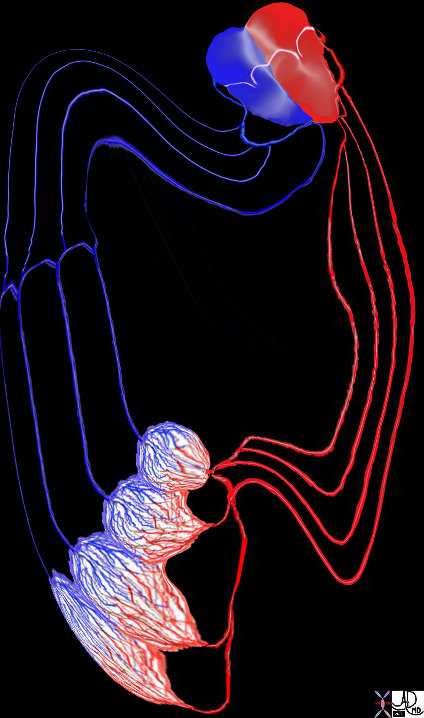 Positive and Negative in the Cardiovascular System Positive and Negative in the Cardiovascular System |
| 32368b05.800 cardiovascular system heart cardiac artery arteries capillary capillaries arterioles venules veins negative firces positive forces road highway TCV the common vein applied biology Davidoff art Davidoff MD |
The states of health and disease, which can also be viewed as relatively positive and relatively negative can be reversed with appropriate resources and adaptation. The healers of the world, sometimes the government, sometimes the people, sometimes the police force and sometimes the doctors, sometimes the street sweepers, and sometimes the lawyers and often the teachers – in fact the function of most of us – our function is to to try and change the world from a state of relative disorder to a world of relative order.
In the following images we will provide examples of the extreme positive and extreme negative in human biology to exempflify the states of health and disease, and order and disorder, starting at the level of a country and continuing to the cellular level.
Biologic Units in Order and Disorder – from the Country to the Cell
Cities and Towns – Order and Disorder
The struggles for the positives of life occur in our day to day life in our cities and towns and among our people.
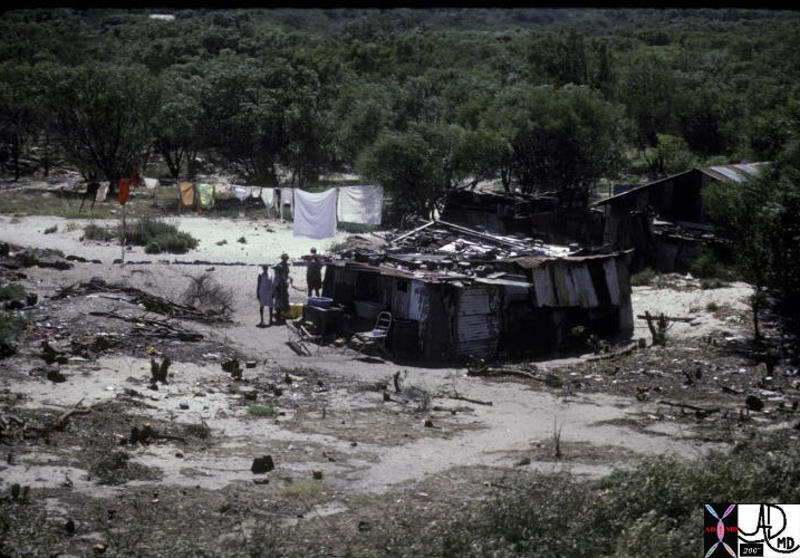 City in Order and City in Disorder City in Order and City in Disorder |
| 57694.800 city johannesburg Linksfield ridge suburbs city skyscrapers trees hill Davidoff photography 57787.800 shanty town city home Cape Town slum corrugated iron house disorder Davidoff photography |
Children in Health and Disease
 Child in Health and Child in Disease Child in Health and Child in Disease |
| 02102p03 girl healthy hands – complex function twist earing Davidoff photography51955
DANAN, ETHIOPIA – Malnourished children at a camp in the town of Danan some six hundred kilometers South East of Addis Ababa April 7. Ethiopia has appealed for over 800,000 tonnes of food aid to feed eight million people faced with starvation around the country this year. Photo by Peter Andrews (Reuters) |

Twins – Subtle Illness |
| 77220p children twins pink hats lip sore Davidoff photography |
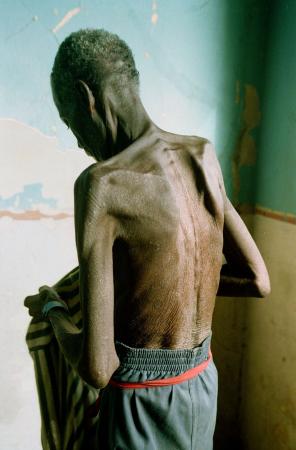 |
Adults in Health and Adult in DiseaseA man in the streets of Johannesburg South Africa. Courtesy Ashley Davidoff MD. 13226
51136 An Angolan man waits for medical attention at a nutritional feeding center, Friday March 3, 2000 in Cuito. More than two decades of civil war has devastated Angola’s economy, killed and maimed thousands of soldiers and civilians, and driven more than 1.5 million people from their homes. Photo by Ami Cohen (AP)
An Organ in Health and Disease
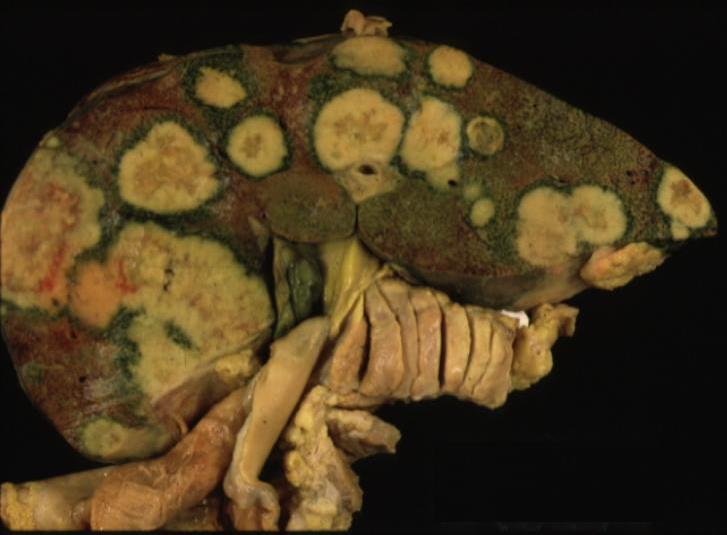 |
Organ in Health and Disease.Courtesy Ashley Davidoff MD.
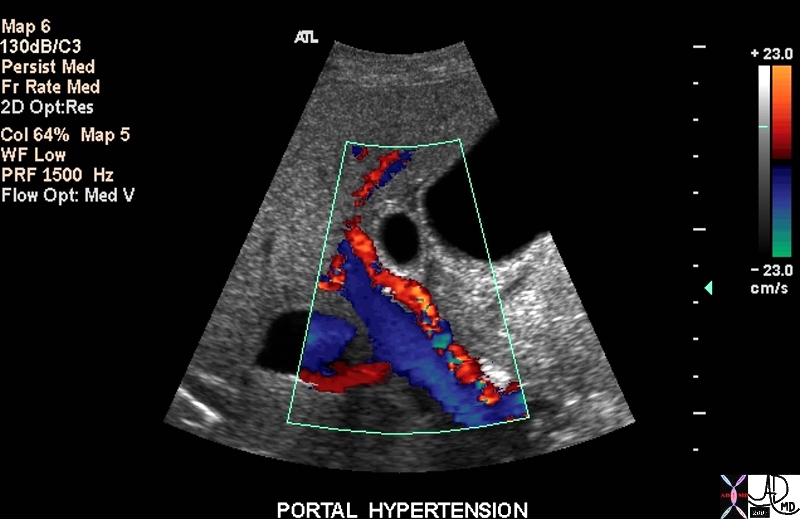 |
Normal Hepatopetal and Abnormal Hepatofugal FlowThis first color flow doppler US scan of the porta hepatis shows normal hepatopetal flow in the portal vein. Courtesy Philips Medical Systems 33204 code portal vein liver normal US color doppler hepatopetal
39467b01 liver portal vein hepatic artery doppler hepatofugal flow retrograde flow reversed flow dx portal hypertension dx cirrhosis USscan color flow doppler Courtesy Philips Medical Systems
A Body Part in Health and Disease
 |
A Foot in Health and DiseaseThis first image reveals a normal right foot and the devastating manifestations of aberrant glucose metabolism in the second image. as a result of insulin insufficiency, with consequent effects on the small vessels throughout the body. In this instance the diabetic arteriopathy is characterised by calcific atherosclerotic diease seen as calcification of the digital artery with subsequent ischemia to the foot. The poor nutrition has resulted in infection and ulceration of skin and bone, with poor healing and a need to amputate irrecovarable tissues.
48655.c01 bone foot feet tarsals tarsal bones cuneiform cuboid talus navicular calcaneus tibia fibula normal anatomy applied biology X-ray plain film foot phalanx phalanges toes digital artery bone fx amputation calcified calcification of arteries dx diabetic arteriopathy chronic ischemia complicated by ulceration infection osteomyelitis treated with amputation diabetes mellitus plain X-Ray of the foot Courtesy Ashley Davidoff MD 48471c01
 |
Leaves in Health and Disease83323c01 leaf health disease red spots shade sun relative youth aged elderly smooth edges rough edges Bahamas Davidoff photography
Cells in Health and Disease
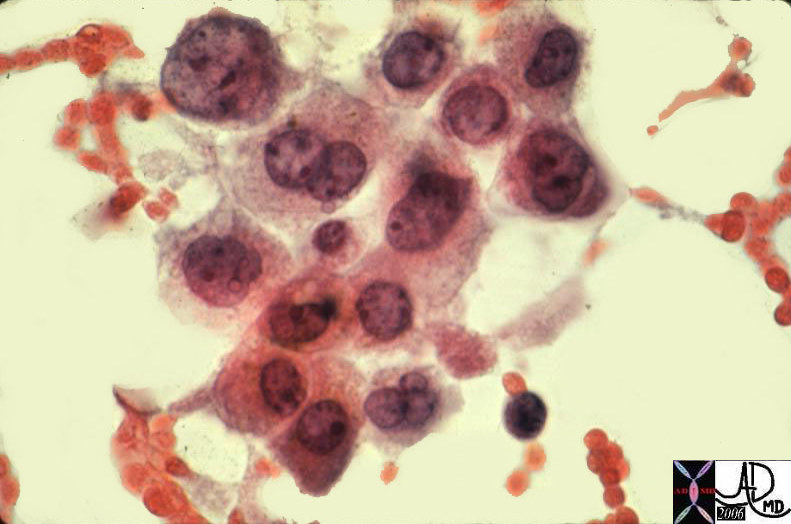 |
Cells in Health and Disease.Courtesy Ashley Davidoff MD.
While it is obvious to the unprofessional eye that a difference exists between the extreme examples of health and disease – there are grades of severity and grades of the extreme that require the professional eye to recognise and attempt to correct , in order to realign the community, person, organ or cell and even parts of the cell on an orderly path.
Changing Disorder to Order – People, Politicians, Doctors, Lawyers, Policemen, Teachers and All Who Want to do Good
1775 – A Nation in Disorder – A Dissatisfied People
The American revolution was born out of a country in despair where the dominant state was one of a negative sentiment of the people and the need for freedom to create nation of independant destiny. Even after the first shots of the revolution were fired at North Bridge in Concord, the lives of the Bostonians were described by Abigail Adams to John Adams in despicable terms.
 |
A Negative Sentiment
83952p disorder America Boston July 1775 Abigail Adams John Adams historical Davidoff MD
The sentence above is one that describes the ambience of extreme despair and negativity of the community and if it was a true reflection of the ambient sentiment it is no wonder that the revolution was born out of such a spirit.
 |
The Birth of the American Revolution
84125p.800 84131p.800 historical North Bridge Concord Massachusetts plaque dedictaed to the beginning of Resistance and revolution to change conditions from a negative force to a positive force Davidoff MD
In the simple poster pictured below, the desires of a healthy and fulfilling life in contrast to a life of despair is exemplified. The chart crystallises the essence of what we want and what we do not want from life.
 |
A Poster from the Time of the Siege of Boston -Order and Disorder
This simple chart of the order and disorder exemplifies the desirables and the undesirables of life – Ironically it was posted by the Bostonians in the hope of influencing the besieged British to forego their misery and seek a better life on the outside.
83953p.800 order disorder health and disease despair and fulfilment Boston poster appeal to the British troops who were besieged in Boston Davidoff MD Minuteman Visitor Center Lincoln Massachusetts
 |
The Revolution – A nation goes from from disorder to order 230 years later
84049p.801 American militia Concord Massachusetts The beginning of the American Revolution resistance along the Battle Road Trail extending from Lexington to Concord Minute man National Historical Park Reenactment July 3rd 2007 in the fields of Hartwell tavern Davidoff photography
77197p.801 July 4th 2005 Independance day 230 years later order health thriving surviving happy healthy Newton Massachusetts Davidoff photography Davidoff MD
For the United States, the state change from relative disorder to relative order has lasted 231 years but in the grand scheme of things is a relatively short time. Ancient communities have been through cycles of disorder and order on innumerable occasions and are here to tell their tales. Others have disappeared. Modern day revolutions and dramatic changes are being told in Russia, South Africa, China, Iraq, Ireland, and the Middle East . Our mission as the human race is in general, one of trying to find the order for ourselves and our nation, and hopefully to other nations, with world peace as a larger goal.
It does not take much to drag a state of relative order to a state of chaos and disaster. In our recent past, Hitler was the fire that ignited a hell, while Stalin who helped put one hell to rest, started another. Religious despots who see the world without a broader view of a global order (Khomeini, bin Laden) As my daughter Dani (10 years) told me – “If you want peace in the world you need to have peace in each home.”
Single disastrous events in a humans life are sometimes reversible and sometimesirreversible.
 |
A Single Disastrous Event46549c01 spinal cord nerves colon hand femur hip bladder rectum size position bullet skin dx bullet wound quadraplegic radiologists and detectives CTscan Davidoff MD
 |
The Bad and the Ugly
89169p Disney World evil characters negative disease bad Cruella de Ville Wicked witch witches Magic Kingdom Davidoff photography
in that lifetime
 The Femur Goes through a Single Cycle The Femur Goes through a Single Cycle |
| 49590 bone femur fracture time to hurt time to heal time to be reborn trauma Davidoff MD TCV the common vein applied biology |
49464 bone femur fx healed fracture compensation total knee replacement plain X-Ray Davidoff MD 49465
49775 bone femur fetus intrauterine femoral length time age size normal USscan Davidoff MD


